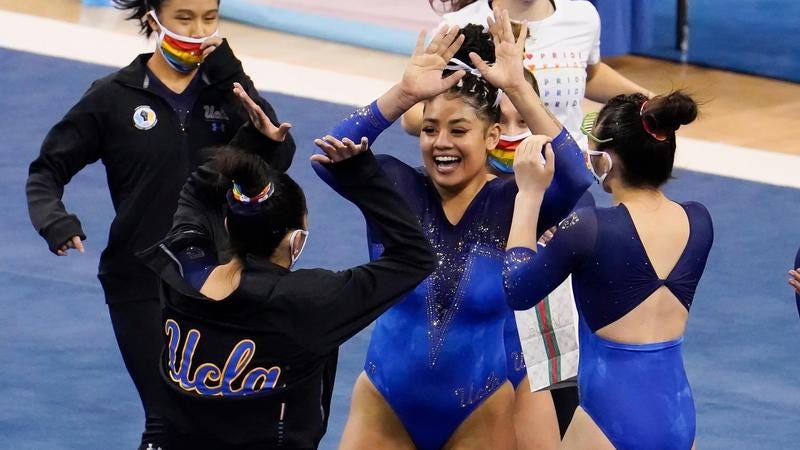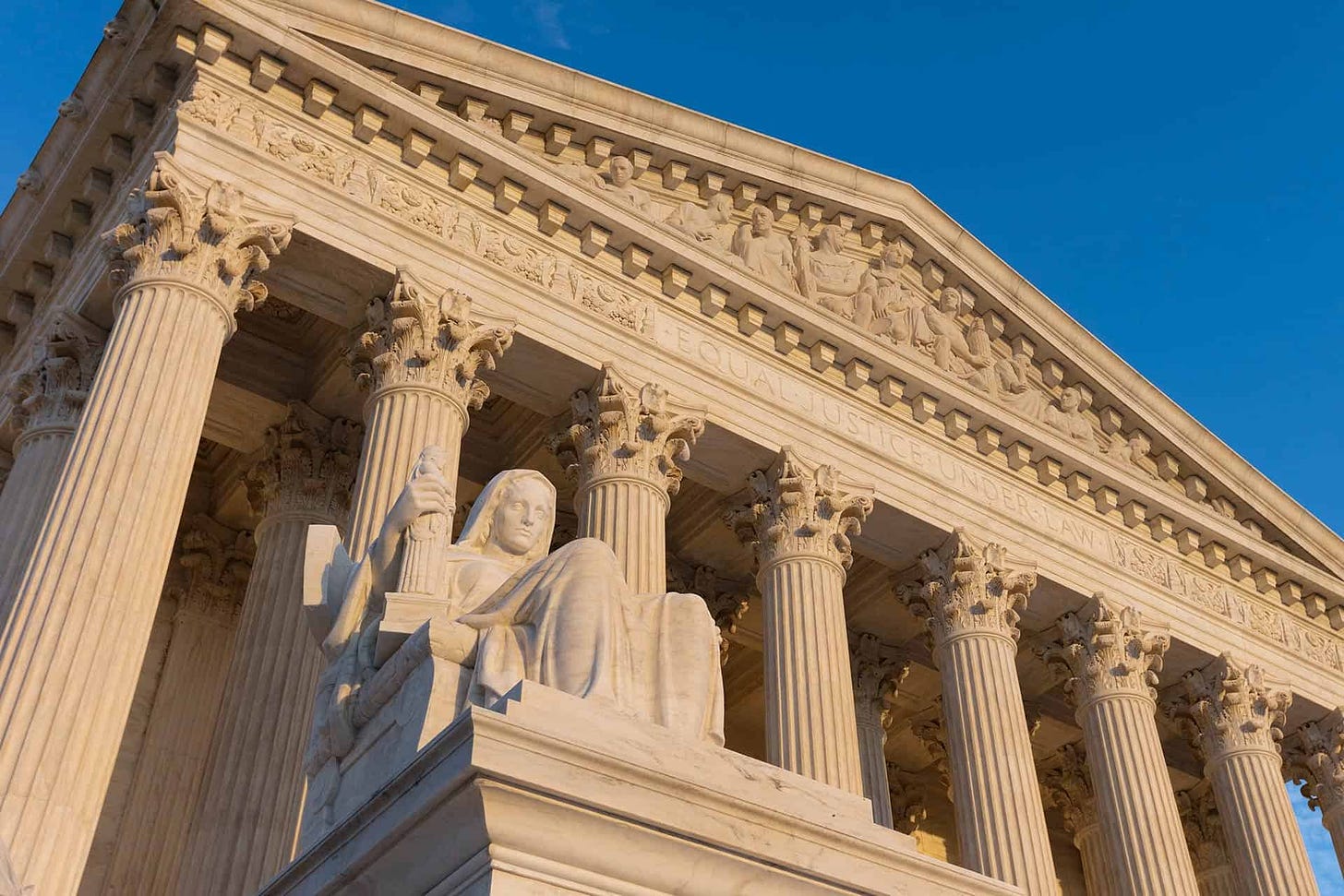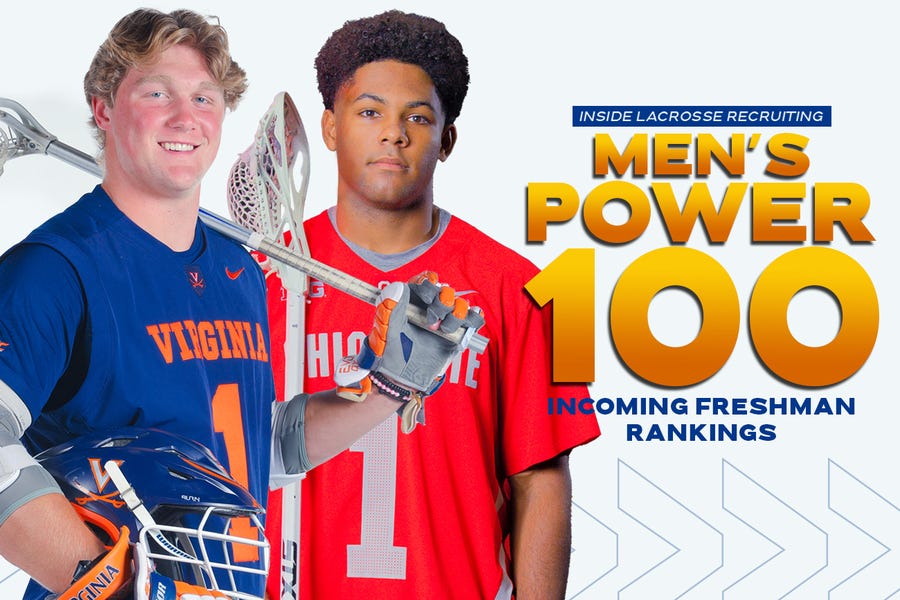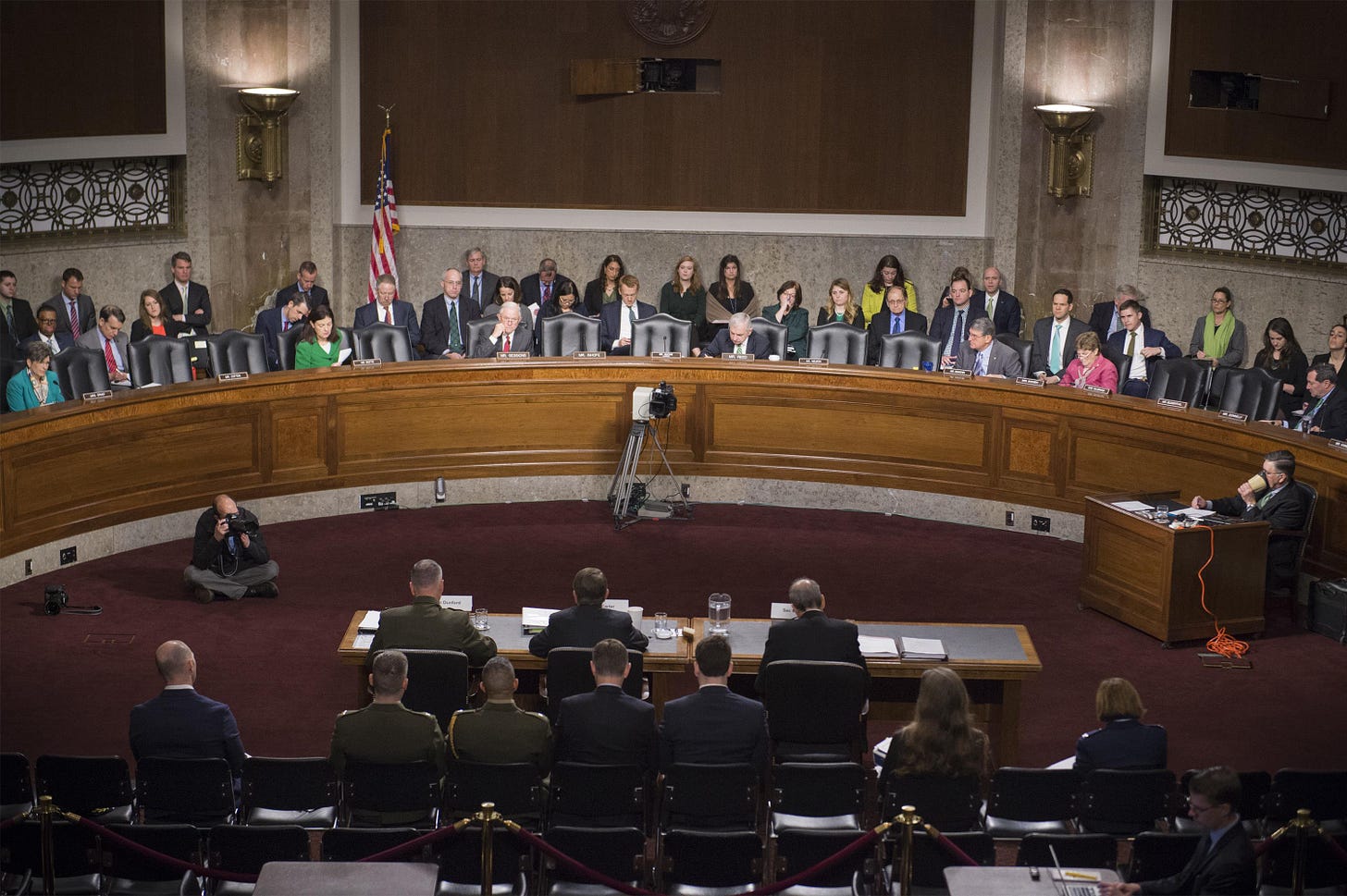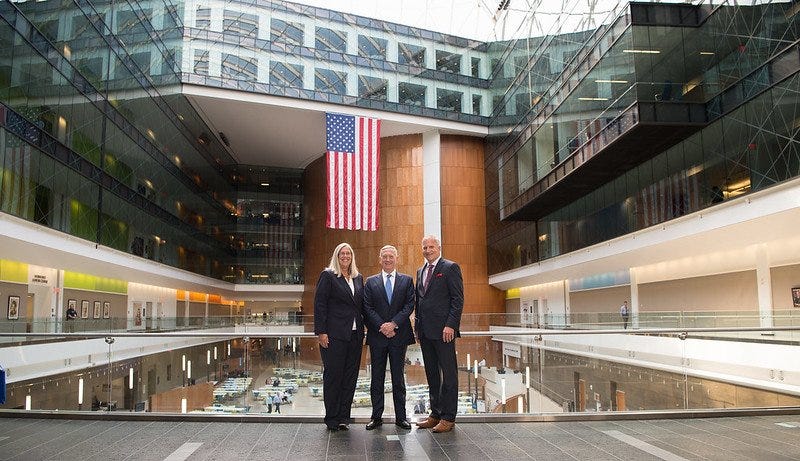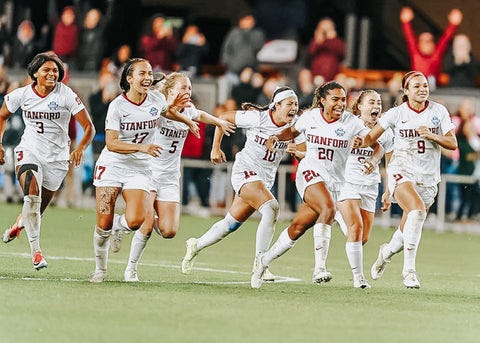Stick & Move
$3T: how a pandemic and Supreme Court decision created the greatest opportunity to save a divided, indebted, and diabetic America from itself...
In 2019, University of Northern Iowa student-athlete, Josh Alber, earned his 4th consecutive trip to compete in the National Collegiate Athletic Association (NCAA) Division I Wrestling Championships. A native of Illinois where he won 4 high school wrestling state titles as an honor roll student and team captain, Alber is part of an exclusive group; only 1% of high school wrestlers earn a spot on a Division I wrestling team (FY20, source). Despite the NCAA’s cap of 9.9 athletic scholarships to support each wrestling team at 78 Division I schools (source), Northern Iowa fields a 37-member squad that competes across 10 weight classes and has produced 16 NCAA All-Americans since 2009. The program is successful.
For decorated high school student-athletes like Josh Alber, or Jordan Webb who walked-on to Northern Iowa’s football team as a freshman before earning a full athletic scholarship his senior year (2015, source), the prospect of attending an NCAA Division I college/university on an athletic scholarship in sports other than football and men’s basketball is at risk, especially among Historically Black Colleges and Universities (HBCUs), offering America’s faltering federal agencies the most accommodating recruiting environment since 1973.
SCOTUS Ruling
On June 21st, 2021, the United States Supreme Court ruled unanimously in NCAA v. Alston, (source) that the NCAA’s rules limiting education-related compensation violated section 1 of the Sherman Act, therein forcing the hand of the NCAA to reverse 100 years of oppressive practices and, instead, permit collegiate student-athletes to earn money from the use of their Name, Image, and Likeness (NIL). The decision is timely. As of 2019, the cost of attending a 4-year public college/university has risen 3,009% since 1969 (source), the consequence of which is an American economy suffocated by $1.8T of student loan debt. Moreover, the Court’s decision comes after colleges and universities from Dartmouth to Stanford discontinued 352 sports programs between March 2020 and November 2020 alone (source). Pathways encouraging academic and athletic excellence are shrinking.
While NCAA Division I programs adjust to conditions set forth by NCAA v. Alston and the impact of a global pandemic on athletic department budgets (revenue per Division I school decreased an average of 62.5% in FY20 vs. FY19, source), coaches and administrators are reaping the rewards of a Silicon Valley-backed recruiting ecosystem that identifies, tracks, and qualifies high school-aged (and younger) athletes in every sport from baseball to swimming, tennis, hockey, track & field, lacrosse and gymnastics. How well-oiled is the high school recruiting system? Omaha-based Hudl, which provides a suite of recruiting tools for high school athletes and college coaches, raised $228.9M from venture capital investors as of FY20 (source). The private sector’s high school recruiting ecosystem is shockingly deep and informative. By way of example, Walter Zhao (class of '23) of Allentown, NJ is the 200th ranked lacrosse player in New Jersey according to InsideLacrosse, Savannah Skopol of Rouse High School in Leander, TX is the class of 2024’s 8th ranked girls volleyball player in Texas according PrepDig, and Luis Ayden Almeyda is the top ranked 13-year-old baseball player in New Jersey, according to PerfectGame. The American public with modest interest in these sports is all-too-aware. The federal government has no situational awareness.
Part 1: Technical Solution
Spearheaded by the Army’s African-American 2-star generals, MG Johnny Davis and MG Kevin Vereen, the Air Force’s African-American 2-star general and head of its D&I Directorate, Maj. Gen. Troy Dunn, and the Navy’s African-American leader of its D&I Task Force, Rear Admiral Alvin Holsey, the DoD’s leadership conducted due diligence of Orchestra Macrosystems’ mobile and web-based data capture and analytics tools which are uniquely designed to support DoD by;
Aggregating relevant, reliable, and secure high school sports recruiting databases to create a comprehensive, 1-stop-shop for federal agencies like the Department of Transportation, or Department of Defense, to transparently maintain real-time intelligence about high value, qualified candidates,
Filtering, labeling, categorizing, and displaying actionable intelligence about high school-aged recruits on user-friendly dashboards for human capital management leaders to objectively evaluate America’s digitally savvy, cognitively sound, and physically ready youth,
Coordinating outreach and messaging from recruiters inside federal agencies and college coaches,
Leveraging the recruiting prowess of NCAA coaches (6,000+ excluding football and men’s basketball) and recruiting budgets of NCAA schools to engage high school students possessing the physical, academic, and leadership qualities sought by the federal government and collegiate sports programs alike.
Part 2: Policy Solution
Perhaps most importantly, as proposed by Orchestra’s Founder, the federal government is the only organization on Earth with the personnel demand and funding necessary to establish a “21st Century pathway of national service” by backstopping the perpetuation of every Olympic sport played at the collegiate level. For example, rather than Stanford University fielding a 37-member wrestling team with 9.9 partial athletic scholarships, or San Diego State University fielding a 50-member women’s rowing team with 20 partial athletic scholarships, federal agencies like Health & Human Services, or the Department of Labor, instead fund the full educational costs of every student-athlete on every team other than football and men’s basketball – at every school. That means upon graduating, ~40,000 Division 1 student-athletes annually flood the federal government’s mission critical agencies, dramatically improving an agency’s technological savvy, physical readiness, and cognitive and characterological makeup. To underscore the point, this program tells America,
“Go to UCLA. Get a degree. Participate on the gymnastics team. Graduate debt free. Then help America. For you, that might mean working at Tesla full-time, and spending 1-weekend-a-month and 2-weeks each summer as a next-generation cybersecurity analyst supporting the Navy Reserve.”
Helluva deal for America.
The math is clear – NCAA student-athletes have a ~20% higher graduation rate than non student-athletes (source, source), achieve America’s diversity, equity, and inclusion (DE&I) goals (source), earn degrees in mission critical areas of study (source) and carry a higher grade point average (GPA) than their non student-athlete peers (source) despite greater demands on their time. The federal government would save American taxpayer dollars ($4.5B annually savings for the Army alone) and catch up to peer adversaries like China.
Think about it…the program’s societal impact is only superseded by the Civil Rights Act of 1964. A high functioning America is one where Americans walk in each other’s shoes.
The genesis of this modernization effort resides in a question -- why should responsibility for recruiting the federal government’s workforce fall squarely on the shoulders of, for example, the DoD when NCAA Division 1 schools are already spending $2.7B annually (source) to identify and recruit qualified candidates? Excluding football and men’s basketball, 160,000+ racially diverse, male and female scholar-athletes participate in athletics across ~350 NCAA Division I colleges and universities. There’s a systemic thirst among U.S. high school students to extend their playing careers beyond high school. Often, it’s the clearest pathway to higher education, and a better life.
This modernization effort mutually benefits prospective recruits, federal agencies, college coaches and administrators, and directly addresses a pain point stifling recruiting missions at some federal agencies as identified in a report (source) from the Heritage Foundation that found, according to 2017 Pentagon data, “71 percent of young Americans between 17 and 24 are ineligible to serve in the United States military.” Nearly one-third of those young Americans are too overweight for military service. According to 4-star General Paul Funk, Commander of the Army’s Training and Doctrine Command (TRADOC), the Army “needs to sign up 90,000 recruits annually to send 70,000 to Basic Combat Training in order to produce 48,000 new soldiers at a blended average cost of $80,000 per recruit. America’s taxpayers are setting fire to $1.76B annually (22,000 attriters x $80,000).” That’s real money. Harvesting intelligence from the private sector’s mature, robust high school sports recruiting apparatus, and catalyzing college coaches to utilize the federal government’s recruiting, advertising, and scholarship programs will produce a sustainable system yielding high quality recruits — and high functioning federal agencies.
In closing, America’s federal government is crippled by an undereducated, aging workforce whose only incentive is to retain a job until they are pension eligible.
Sound the alarm. It’s time for a paradigm shift.
Interested in joining Orchestra’s team? Please direct your email to info@orchestramacro.com along with a copy of your resume.
Interested in joining Orchestra’s Series A? Please direct your email to dave@orchestramacro.com to schedule a Zoom and to access our data room.




